I doubt that there is another dramatic work, excepting Shakespeare’s plays, that has been translated into so many different mediums in the performing arts as DISRAELI. First debuting as a play in 1911, it was turned into that most peculiar relative of the spoken stage – a silent film, in 1921. At the end of that decade this vehicle was reinvented as an Academy Award-winning “talking picture.” Nearly a decade later, the play-cum-silent film-cum-talkie was turned into an hour-long radio broadcast heard around the world via the CBS network and shortwave in 1938. Perhaps the most remarkable aspect of DISRAELI is that ALL of its various incarnations starred the same actor – George Arliss.

A Souvenir Program from the 1911-12 season
The play was written specifically for Mr. A by the then-famous playwright Louis N. (for Napoleon) Parker. There was one problem – Parker had never seen Arliss perform on the stage. Then Parker quit saying that a play about Benjamin Disraeli, the British prime minister of the 1870s, couldn’t be written. Mr. A convinced Parker it could be written and explained how. Parker completed his play due largely to its star’s role as midwife.

The final scene where Disraeli receives a telegram he fears will tell him of his wife’s death: Mr. A with Marguerite St. John, the first actress to play Lady Beaconsfield (Mrs. Disraeli) on the stage.
Mr. A starred in DISRAELI for five consecutive years, from 1911 to 1915, then revived it thereafter. Here is the cast for a 1917 revival – note that Florence Arliss plays Lady Beaconsfield. Also, note that the ingenue role of Lady Clarissa is played by the talented, ill-fated Jeanne Eagels:

The 1921 silent film is now lost but a number of stills have survived….

No longer stagebound, the garden party scene was filmed outdoors:

A rare glass slide advertising the silent film in theaters:

Margaret Dale plays the spy, Mrs. Travers. Dale had played the role continuously since 1911 and never missed a performance, not even in this film version.

Florence Arliss as Lady Beaconsfield tries to console her husband: he has just written a bad check – to buy the Suez Canal!
Warner Bros. persuaded Mr. A to make the play into one of the first full-length talking pictures. He did and won the Best Actor Academy Award:

A souvenir program for the 1929 film
Here’s a detail from the Warner pressbook telling theater owners how to sell the movie to their patrons:

Exteriors were filmed at the old Busch Gardens during the summer of 1929 by ace cinematographer Lee Garmes. This scene looks pretty but Mr. A recalled that it was hot as ….blazes.

The romantic young couple, Lady Clarissa and Lord Deeford, were played by Joan Bennett and Anthony Bushell:

The 1929 film cast and crew, from the original program:

The ever-reliable Ivan Simpson plays financier Hugh Myers, a fictional character based on the real-life Lionel Rothschild who financed Disraeli’s purchase of the Suez Canal:

A flyer highlighting scenes from DISRAELI:

Outtakes – not every scene made it into the final production:

Disraeli and Gladstone exchange sharply divided political views in the House of Commons – but not onscreen.

Mrs. Travers meets Disraeli – but not onscreen. Doris Lloyd plays the spy, the one time that Margaret Dale missed a performance!

We only glimpse the Prime Minister working in his garden and never to this extent!
Back to the movie:

Joan Bennett at the beginning of her very successful career. When I showed DISRAELI in college in 1970, I had the idea to write a thesis and wrote to Ms. Bennett to ask what Mr. A was like to work with. Here is her reply:

Now about that bad check for the Suez Canal: Congress didn’t invent “stop gap spending.” Here the Prime Minister threatens to ruin the Bank of England if its president, stuffy Lord Probert (David Torrence), doesn’t cover the check:

Probert signs to save the Bank but is dismayed that Disraeli has such power.

In the dramatic payoff, Disraeli confides that as Prime Minister he has no such power, “but he doesn’t know that.”
Here is Mr. and Mrs. A in the final scene involving the telegram again:

On January 17, 1938, George Arliss made his dramatic radio debut on the CBS network with DISRAELI. This live broadcast on the Lux Radio Theater was heard all over the world and brought to the microphone much of the cast of the 1929 film version including Florence Arliss, Ivan Simpson, Doris Lloyd, and David Torrence. Mr. A was nearly 70 years old and noted that more people heard this one broadcast than all the audiences combined from his years performing in the play, the silent film, and the talkie:

Here’s the photo’s original press caption:

Want to hear this broadcast from long ago? It is right at your fingertips so just click below:

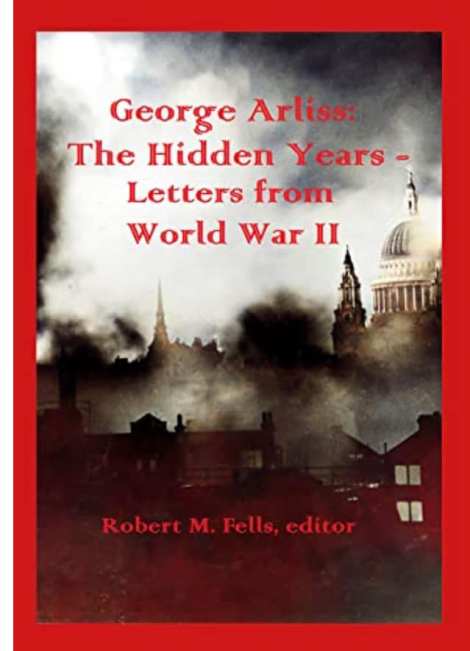
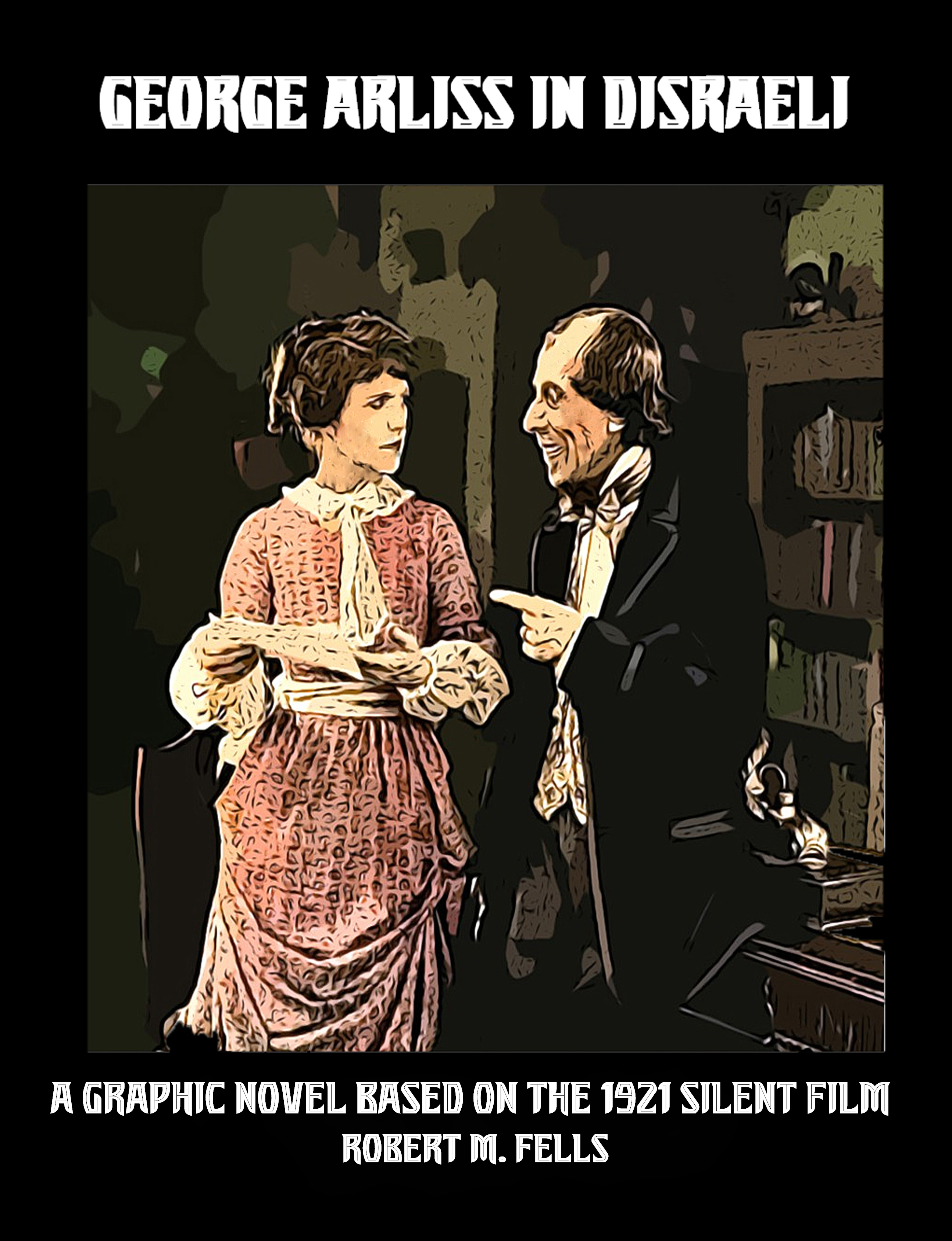
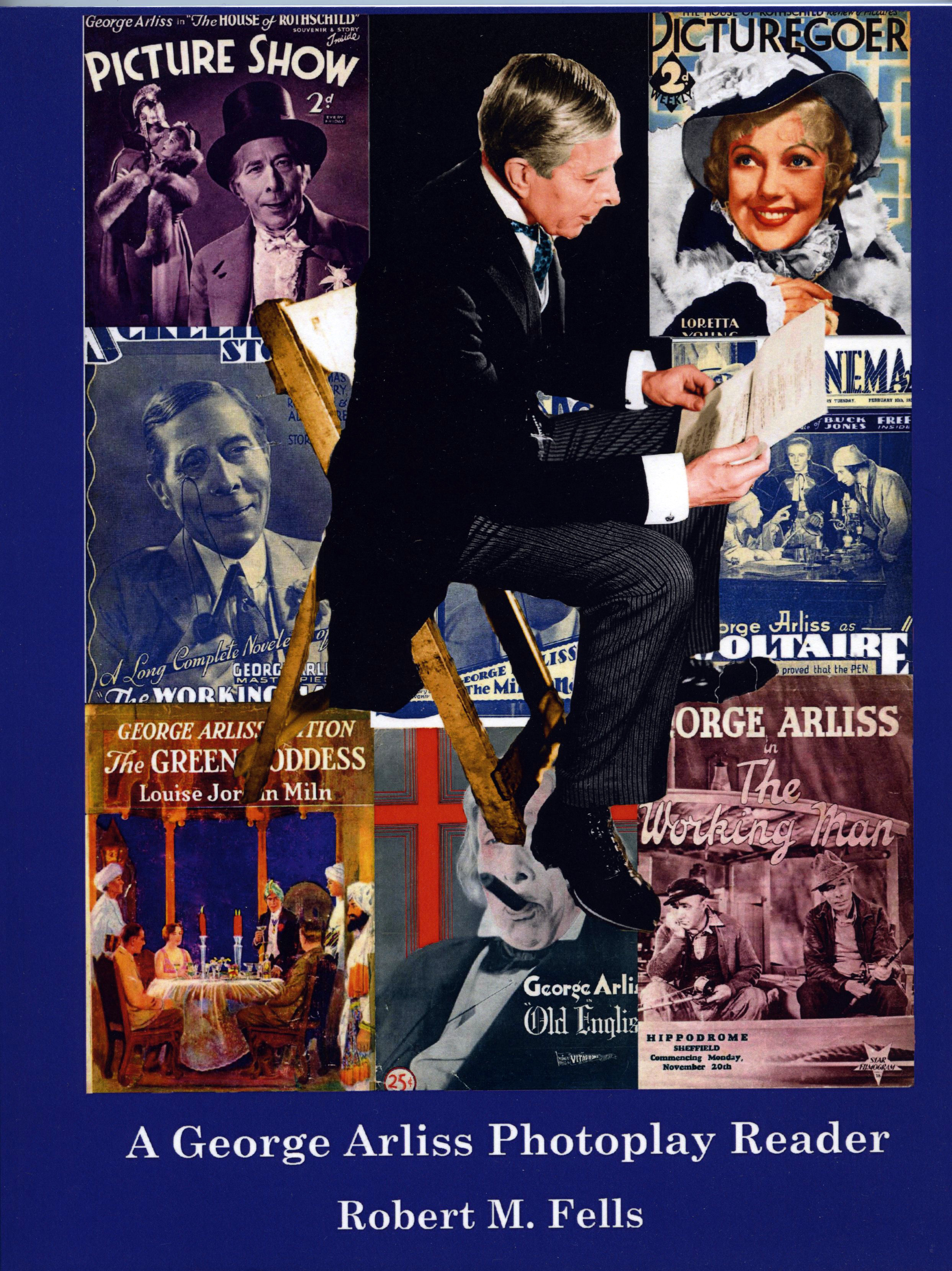

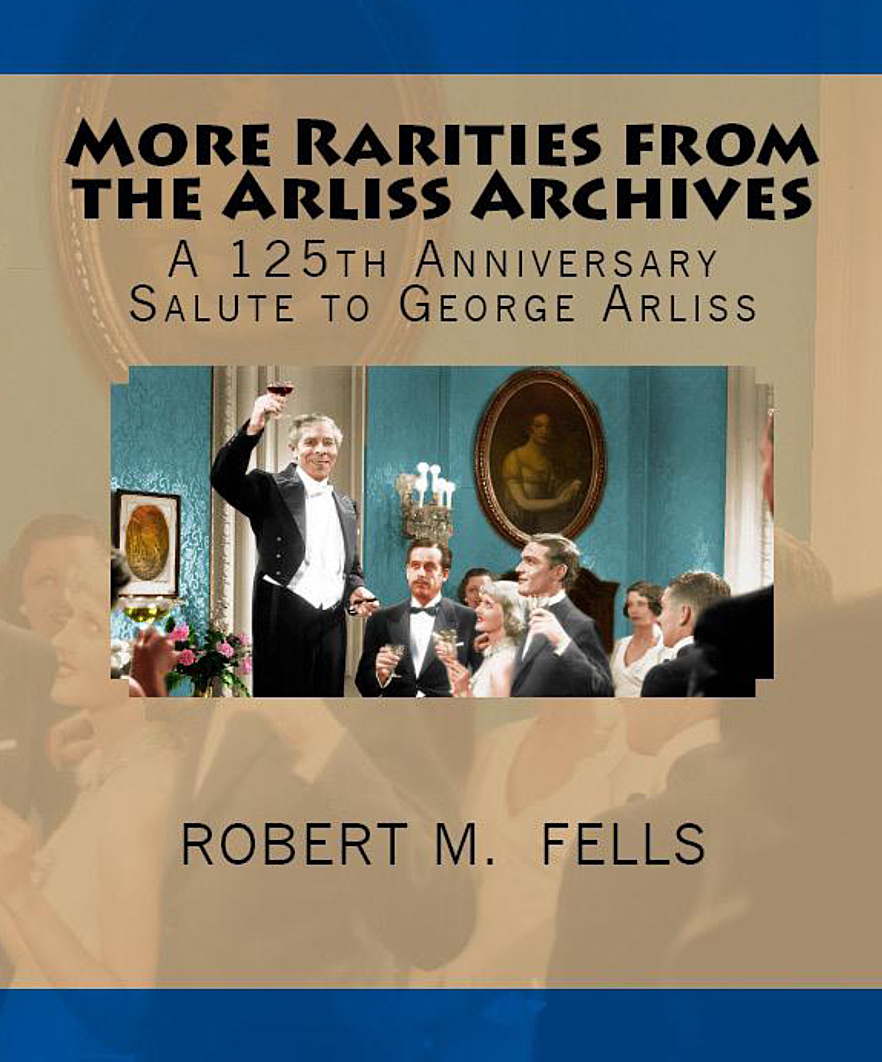
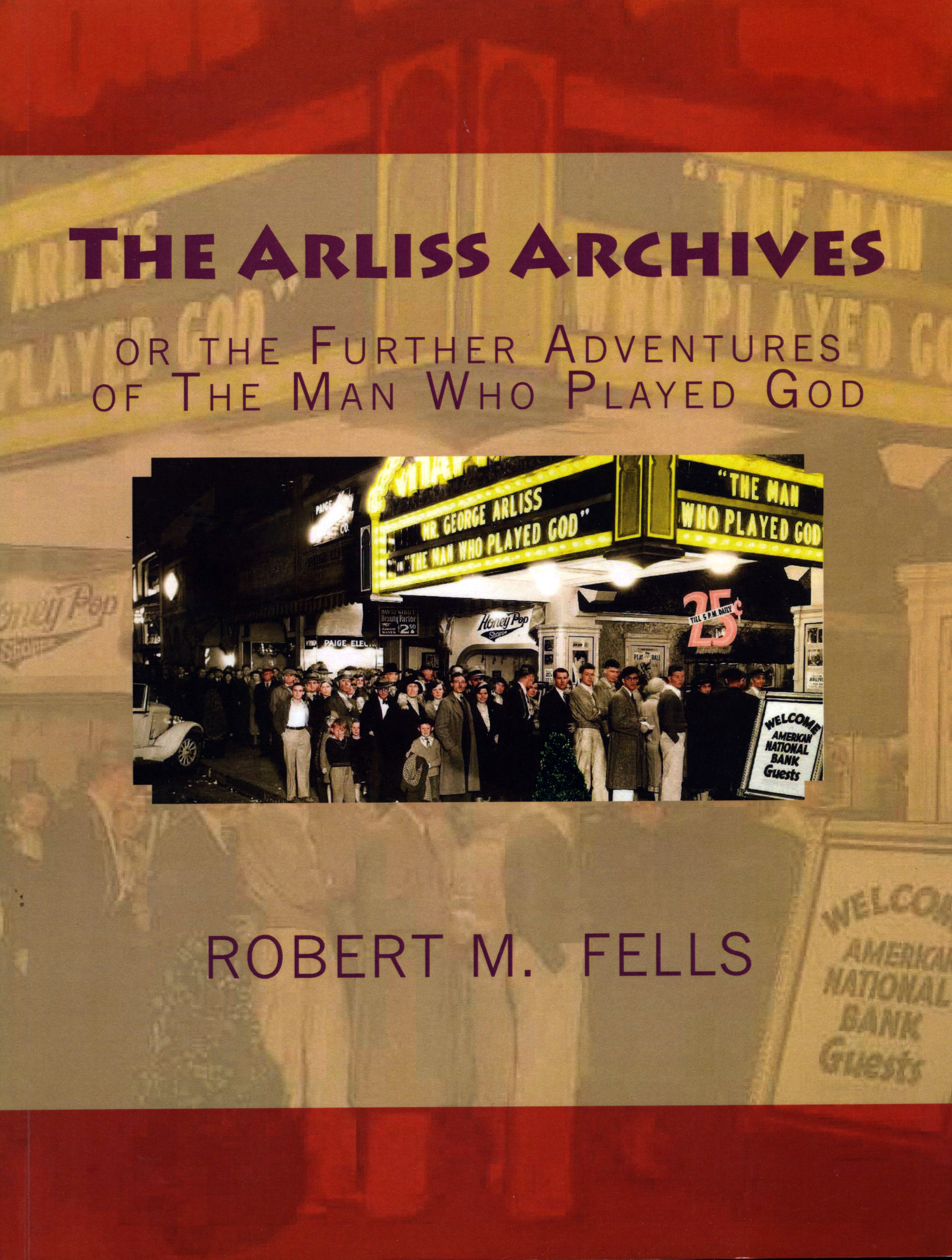
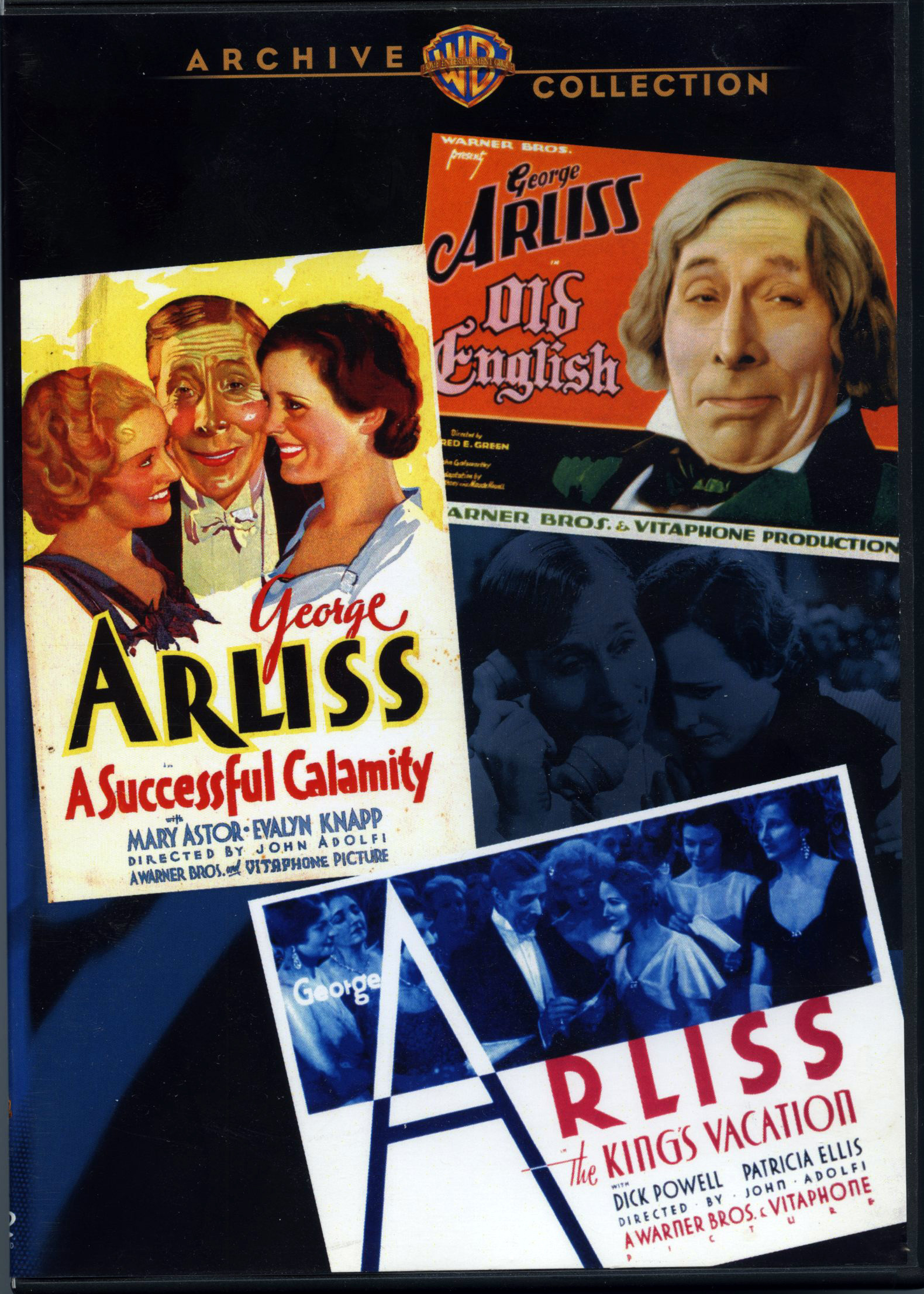




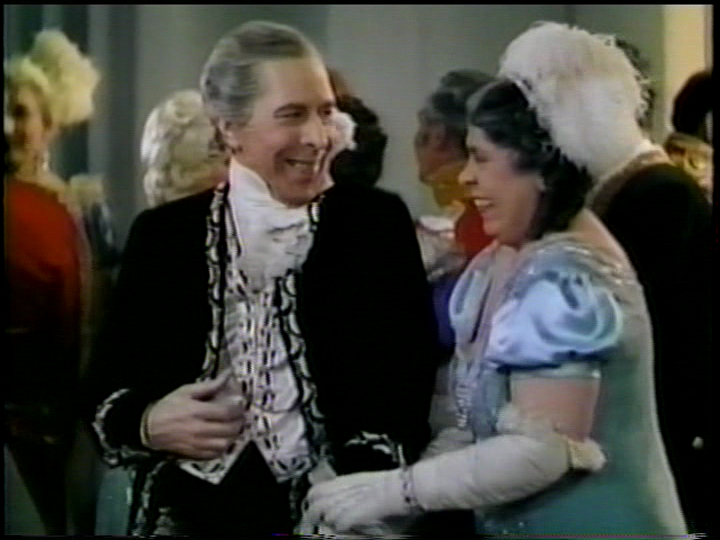

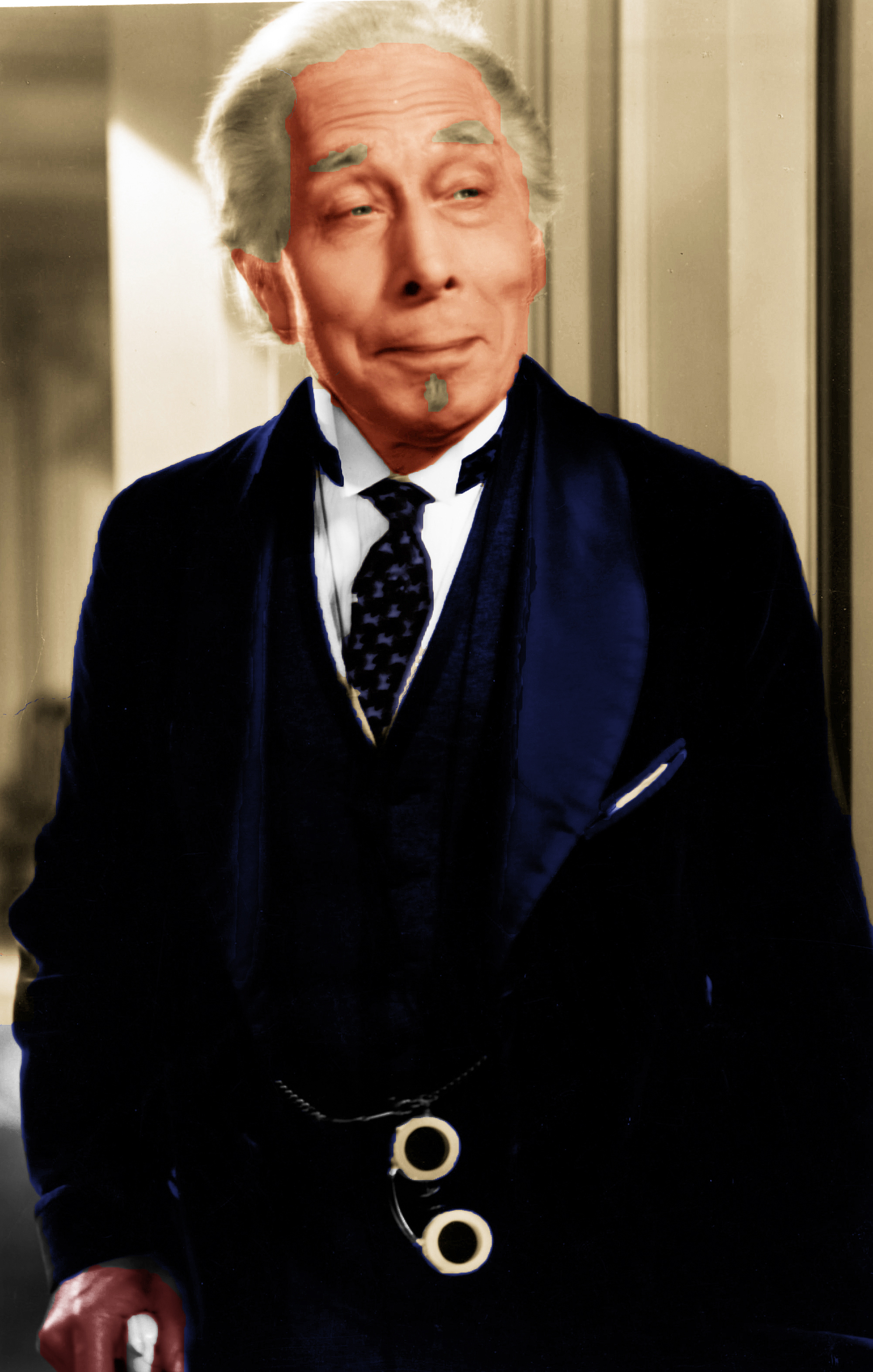
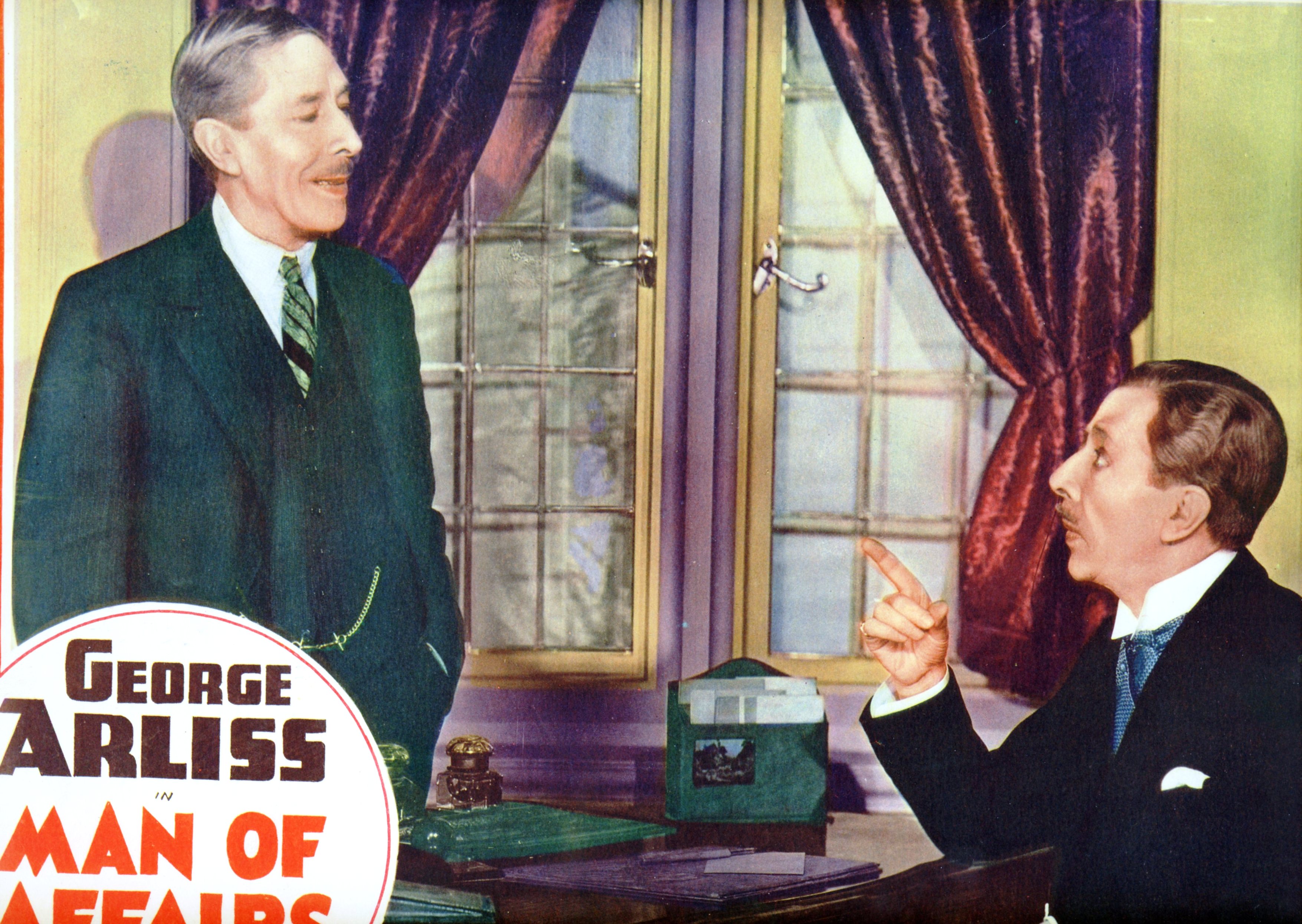

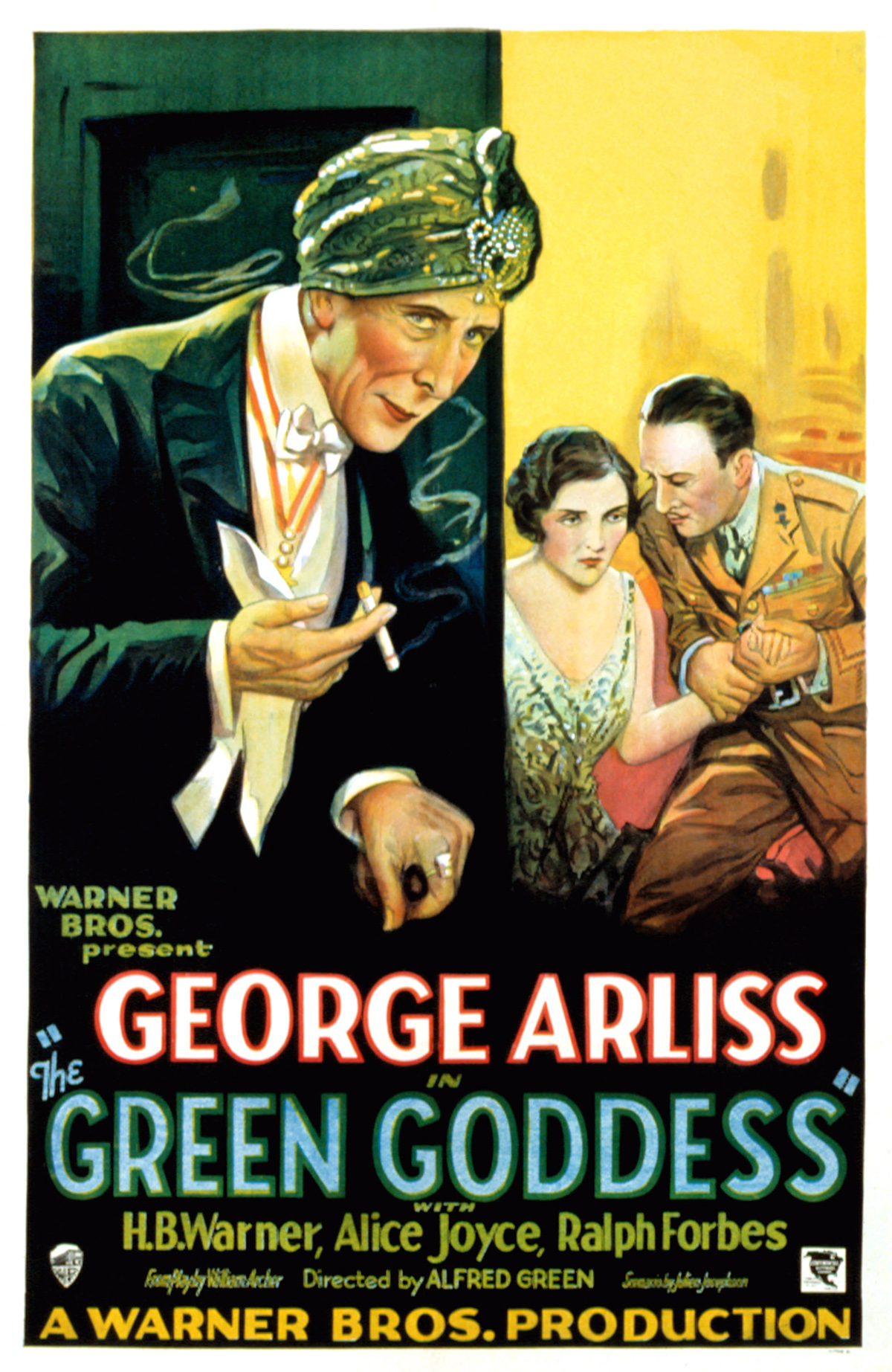
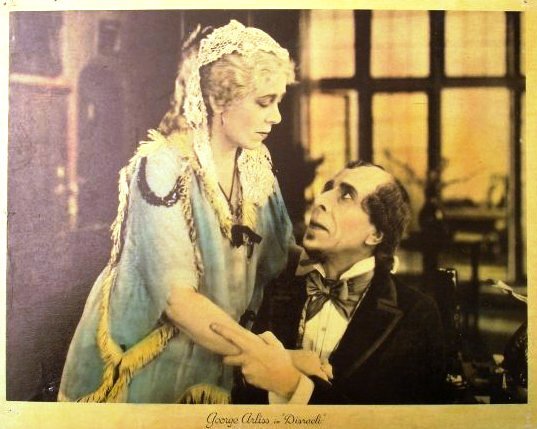

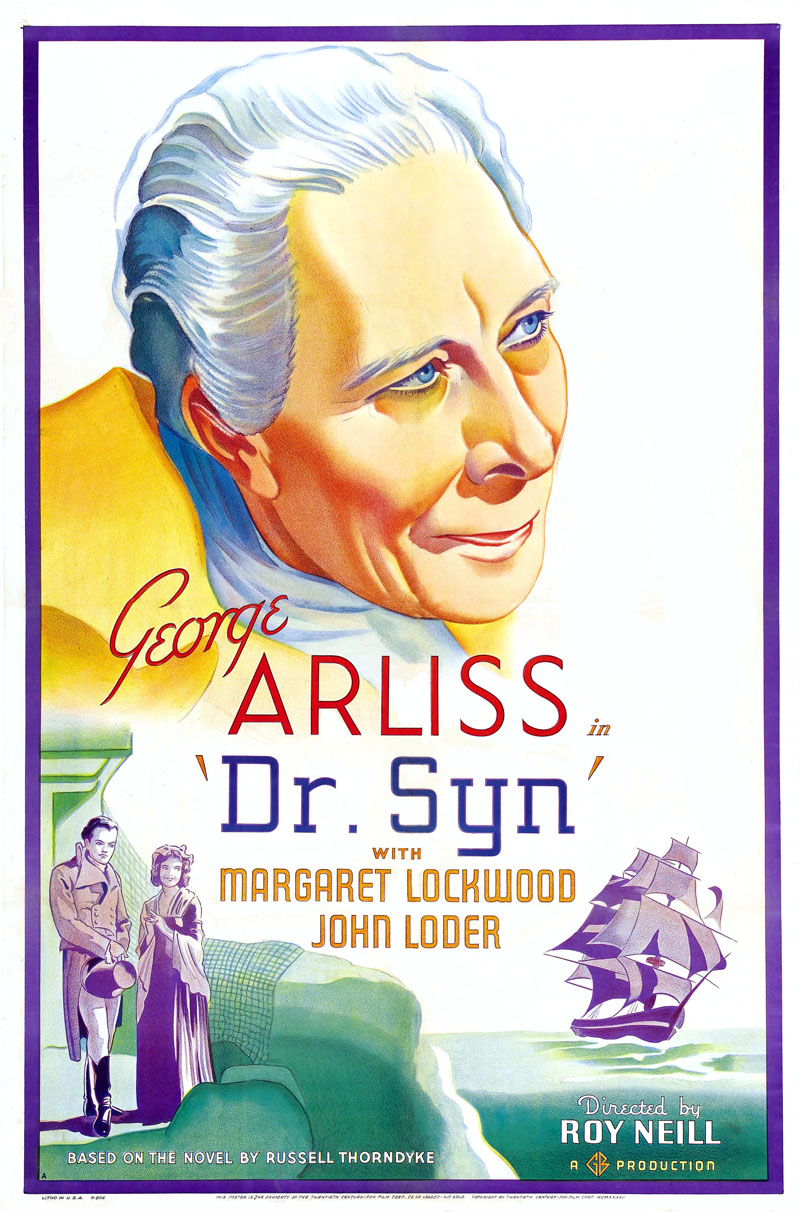
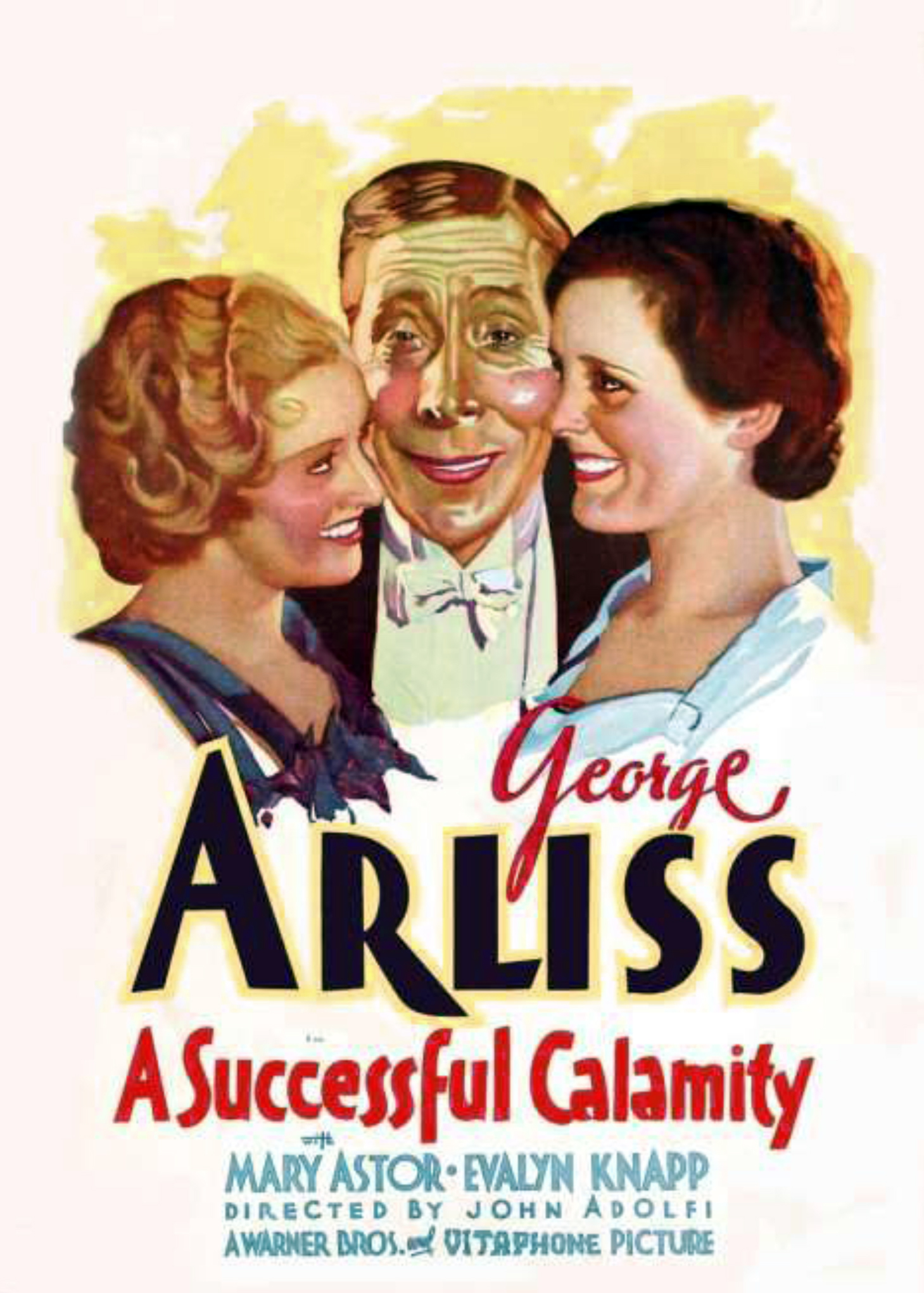


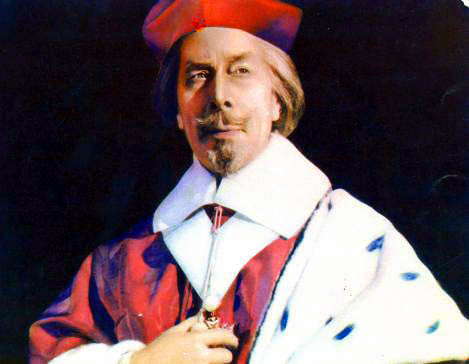

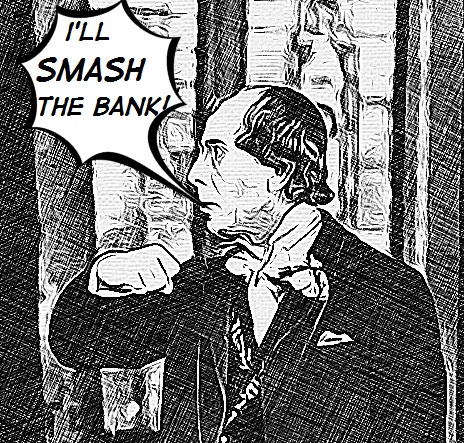


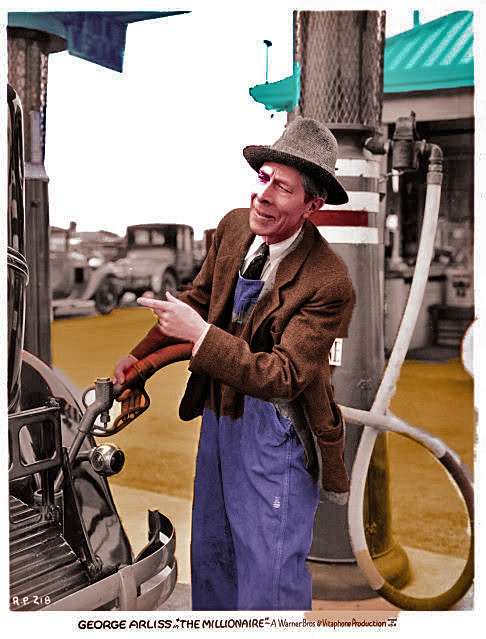

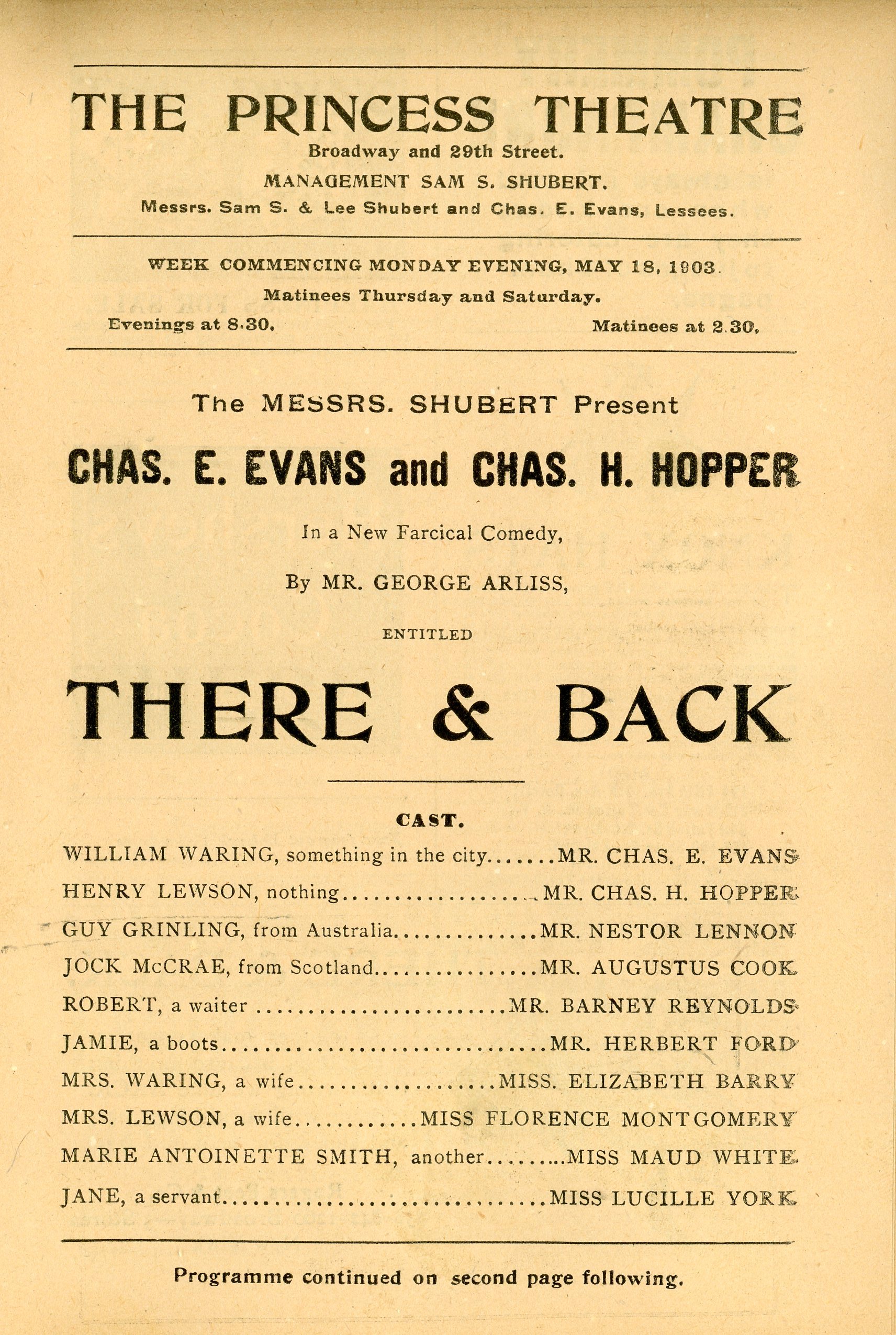

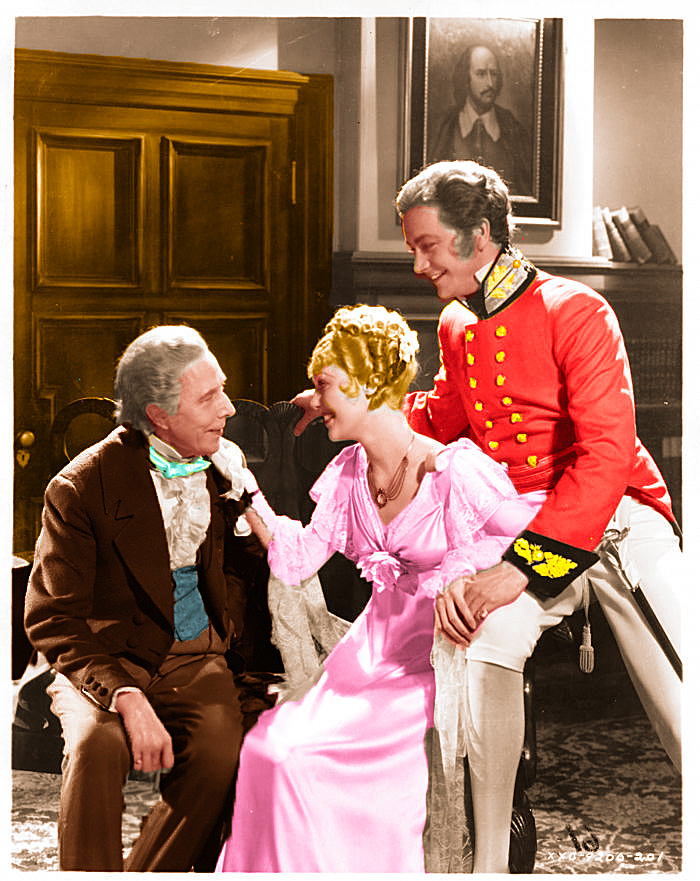
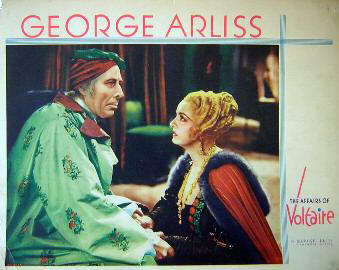
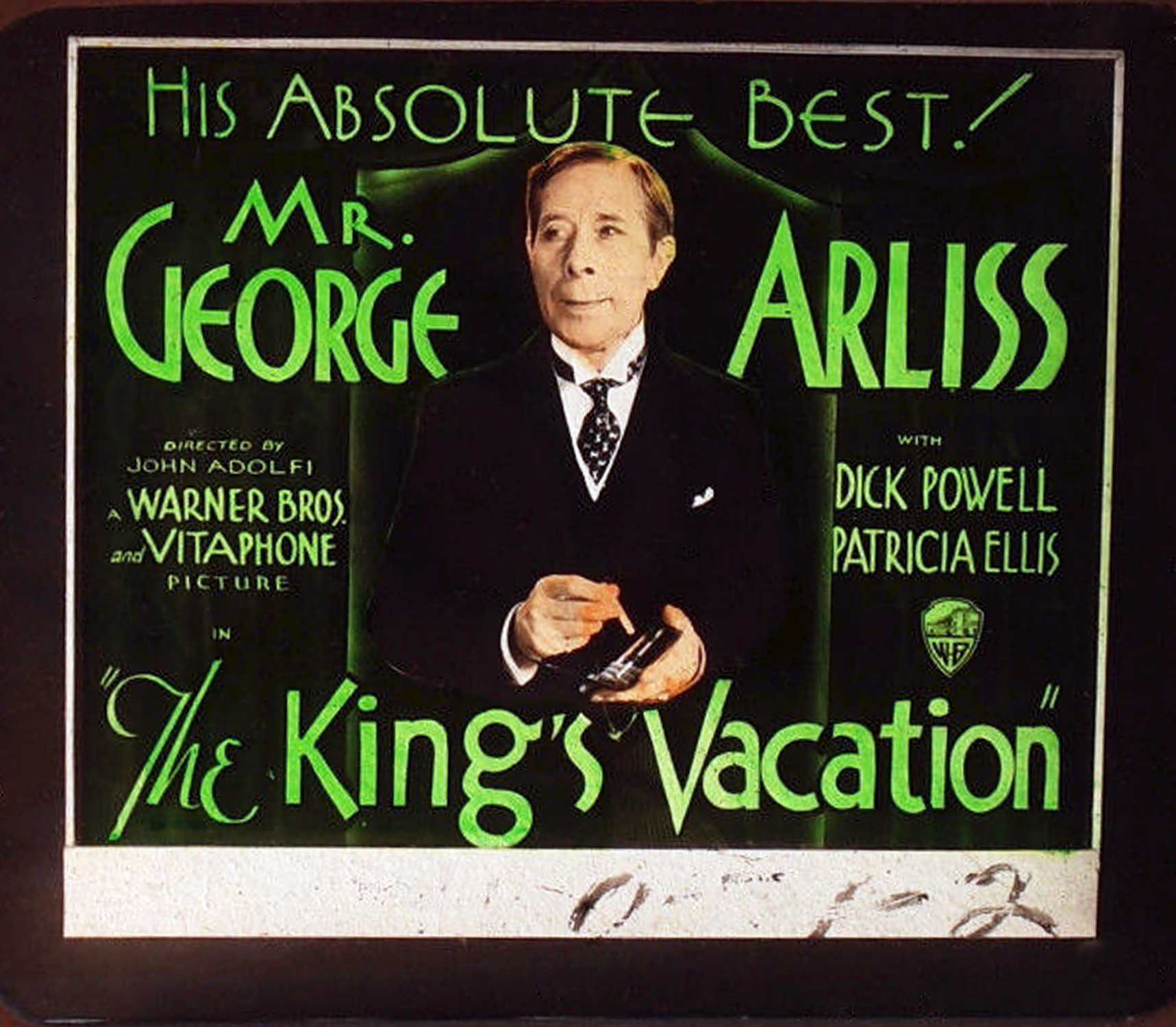

Bob,
Now THAT is fantastic. Joan Bennett’s letter to you is “living history.” If you came across her recollections in a dusty book or on mircrofilm or cyberspace, it wouldn’t be 1/10th as real. She was there, worked with the man, and despite having “no special recollections” of Mr Arliss, she gave you her recollection of something that is truly special! If a picture is worth a thousand words, that letter must be worth a hundred thousand more. Great stuff.
And the Bennetts are a story in themselves, too. IN film and theater. If I remember correctly, their father (of Joan and Constance) was Richard Bennett, a popular turn of the century “matinee idol” which I believe was a euphemism for “heart-throb” for ladies (married and single) who attended plays in the afternoon while the men were at work!). I may be wrong about some of this, but I do remember reading that Constance was never crazy about acting, preferring men, money, clothes and jewelry (not necessarily in that order) to acting. And that Joan was considered the better actor, maybe not as “hot” looking, but came across as either more sincere or maybe just more involved in her roles than her older sister. But I did get a nice Constance Bennett still from a silent movie she made — I don’t actively collect her material, but a silent Constance Bennett piece is not exactly common.
Again, Great Post!
Gene